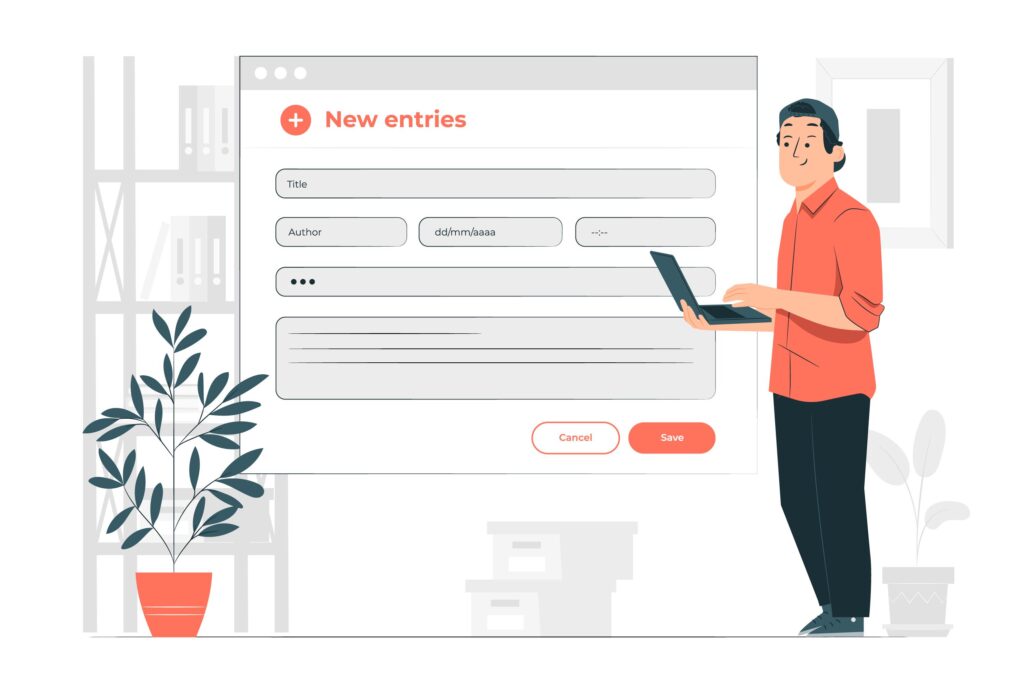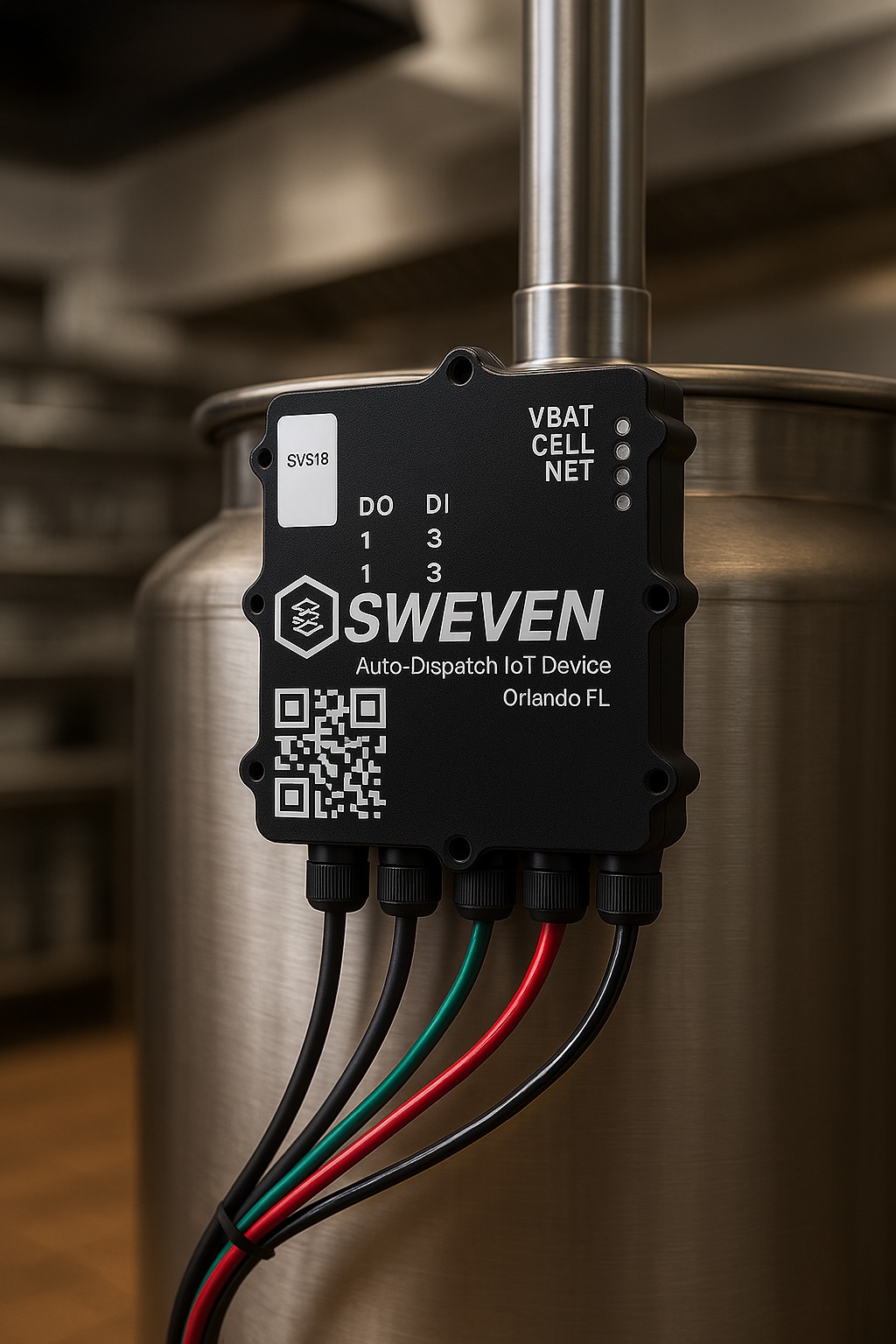Computerized Maintenance Management Systems or CMMS for short, are being adopted all across the globe for their low cost, flexibility, and seamless integration to any facilities maintenance business. But their benefits go beyond savings and easy adoption: they can help you improve and expand your existing operation, keeping your Clients informed and confident in your performance.

Adopting new software or really, any new tool is an interesting undertaking. Investing the time to learn about it and using it to its full potential is only worth it when you know that, at the end of the process, you will see palpable benefits: saving time, money, or both, finding an easier way to do things, or expanding the possibilities of what you can currently accomplish. After all, the tools we currently use to manage and operate our business were once unknown territory, and we managed to make the most of them.
In the FM industry, the competitive advantage of our business comes from the proper implementation and use of new available options; think of this process as moving to a power tool from manual labor, you can accomplish more than double the work in a day, with the option to smooth out the fine details by hand.
With this in mind, let’s have a closer look at how CMMS can help you improve your current operation:
Automation of repetitive or recurrent tasks.
I’m willing to bet that more than half the day of your office staff is spent doing things that can be automated:
- Data entry to create or manage work or purchase orders.
- Notifying or updating Clients or Vendors on work completion or progress.
- Providing Technicians with details on the work to be performed.
- Accounting for the labor and material utilized on each job.
- Creating graphs or reports to get an idea of the financial and operational health of your business.
Using a CMMS can help you do all of the above automatically, and that half of the workday can now be used for more detailed execution or to expand to new and exciting opportunities or territories.
Integrated planning and estimation.
Benjamin Franklin once said, «If you fail to plan, you are planning to fail”. This rings true in today’s world, where doing a lot of unplanned work deploys your resources to no real benefit. For instance, if you have a new contract to perform maintenance at a Site, you need to estimate the hours required and the internal or outsourced staff to perform it, travel time, the assets and tools required, and the profit resulting.
While an experienced company owner or project manager can do so quickly off the top of their head, there can be some overlooked details that can impact the bottom line at the end of the process or this skilled person might be required somewhere else.
Most CMMS offer a cost calculator, designed to consider all the variables involved in the planning process. This estimation is made and registered in the system, so when a work order is ready to be dispatched and serviced, you already have a figure in mind and so will everyone on your team.
Processes standardization.
Everybody has a preferred way to do things in our industry. We have bumped into the Mavericks, who jump on a truck and get things done however they see fit sometimes with no regard for the proper process; the Planners, who run figures in their head to determine the best course of action but take longer to respond (analysis paralysis), and a long list of others, each with its advantages and drawbacks.
Not to mention, each Vendor or Client has a way to get in touch, as some prefer to have a Site meeting or visit to agree on the work to be performed, while others require to be sent an email or text with pictures and a detailed work description.
As an aggregator, it is complicated to find common ground, but a CMMS can assist you with this, as it provides an orderly sequence of events that need to happen to move the work forward and built-in communication tools, supported by traditional email and SMS notifications.
Regulatory Compliance.
A major disadvantage of traditional tools is that, once work is finished and sometimes during service, we need to go back to our notes, scattered in spreadsheets, physical paper, and our digital devices to do a recap of events and documentation to ensure or enforce compliance on the ETA dates, the agreed upon NTE value and the exact information on the requested work, in order to produce an accurate invoice or report to our Clients.
CMMS platforms keep track of every event, estimate, and communication pertaining to a work order and even a full Project, preventing «breadcrumbing» of your information and providing a centralized, trusted source you can consult.
Access to your operation on a CMMS, even when out of the office.
All of us have been in the unfortunate position of not being able to access information on a job to generate a status report or provide an exact number or date for a Client or Vendor when we keep this in the office, filed in a spreadsheet. Maybe we keep this data in our mobile phones, but we still need to provide documentation or even a work order on the spot.
CMMS often offers a multi-device solution, and some of them, like Sweven, offer cloud-based access, so you can use any device at hand to immediately schedule or dispatch work, provide reports, onboard a Vendor, add your Client’s contacts, and mucho more.
This provides flexible and reliable use of a specialized tool, on the go, always available from any device.
Cost Savings
The savings you make using a CMMS go beyond their affordability. You have the option to operate with a reduced, focused staff that can automate and perform functions that would otherwise require specialized team members.
For instance: your Vendor outreach, dispatching, reporting, and monitoring can be automated, which saves time in receiving calls or emails from Clients and Vendors, constant visits to Sites are no longer necessary as Technicians themselves can upload pictures from there, saving time on mobility and paid travel expenses.
In conclusion:
New tools have allowed for more efficient results in every industry, facilities maintenance included. It’s time to make the most of these advances, as competition is already adopting them to increase their profits with substantial savings coming from an optimized process and less downtime.
How will these tools help your business in particular? Let us know in the comments!







